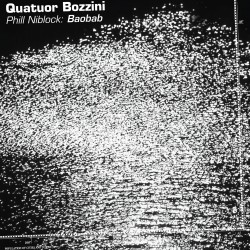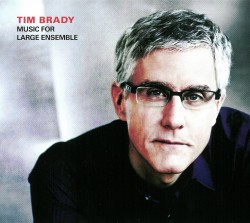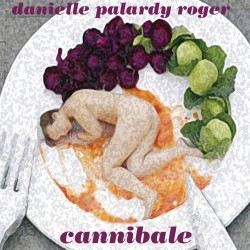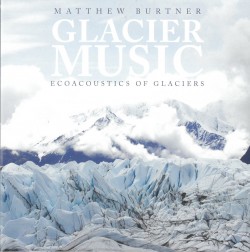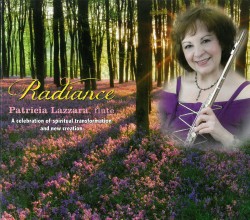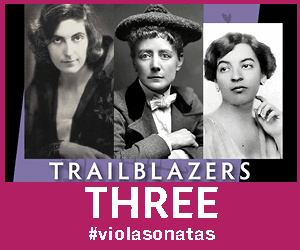Steve Reich: Drumming - Kuniko
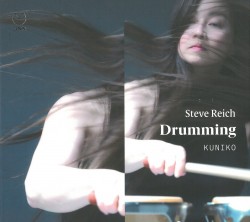 Steve Reich – Drumming
Steve Reich – Drumming
Kuniko
Linn Records KD 582 (linnrecords.com)
The celebrated mallet percussionist Kuniko is equally comfortable in sound worlds as diverse as Baroque, electronic and minimalist. Having performed Bach with as much ease as Xenakis she approached 2018 with a startling interpretation of Steve Reich’s Drumming, a work inspired by Ghanaian Ewe drummers. While Kuniko might have taken her mallets to vibraphone and marimba in the course of other musical challenges, this recording comes with particularly vexing challenges: how to overcome challenges of tone (relating to the metallic sound of the glockenspiels) and the fact that she overdubs the parts of up to nine percussionists that Reich had in mind?
The obvious answer was to use her hyper-virtuosity on anything that can be struck with a mallet. And thus we are treated to music that develops from the stuttering first notes to a veritable cascade of melodic sounds redolent of a kind of tintinnabulation that virtually transforms a typically Afro-centric drumming into an extraordinary world of melodicism. Reich’s composition, Drumming, is divided into four (unequal) Parts and Kuniko embellishes each with her percussive arsenal that also includes marimba, glockenspiels, piccolo and voices.
The result transforms what minimalist refuseniks might toss aside here as repetitive into a piece that Kuniko builds as if into a moving soundscape of broodingly percussive tumbling grooves that begin to ripple and glitter as she adds cascades of notes from the marimbas and piccolo, topped up by high-sprung pristine vocals towards the work’s conclusion.


